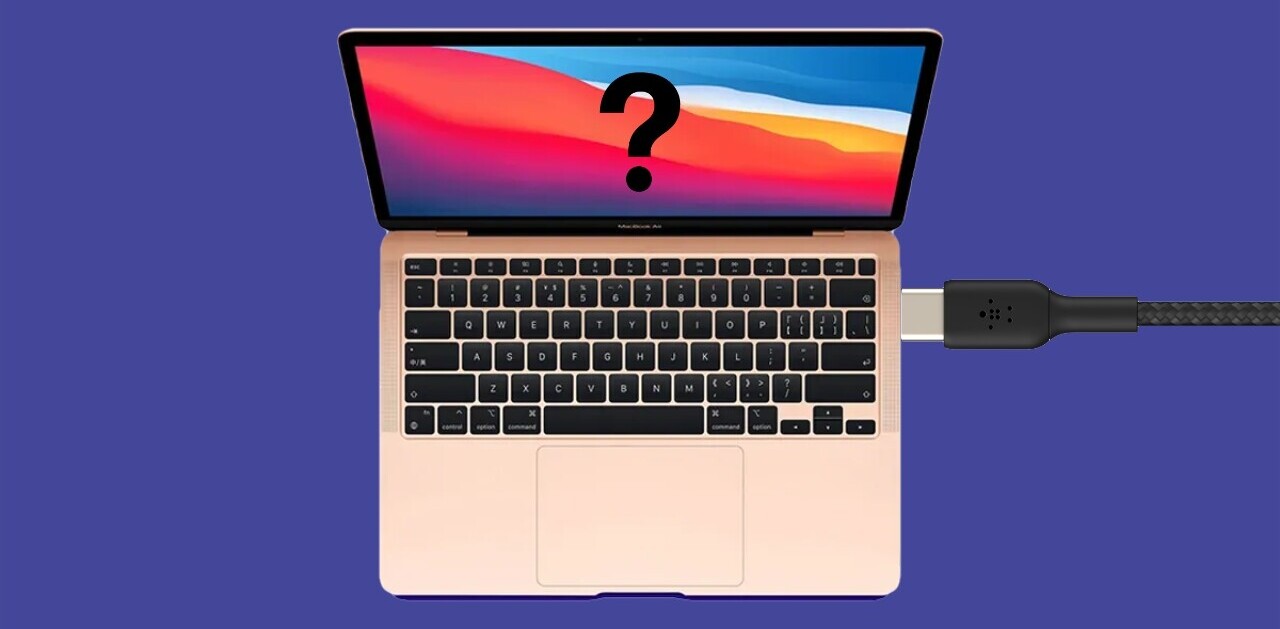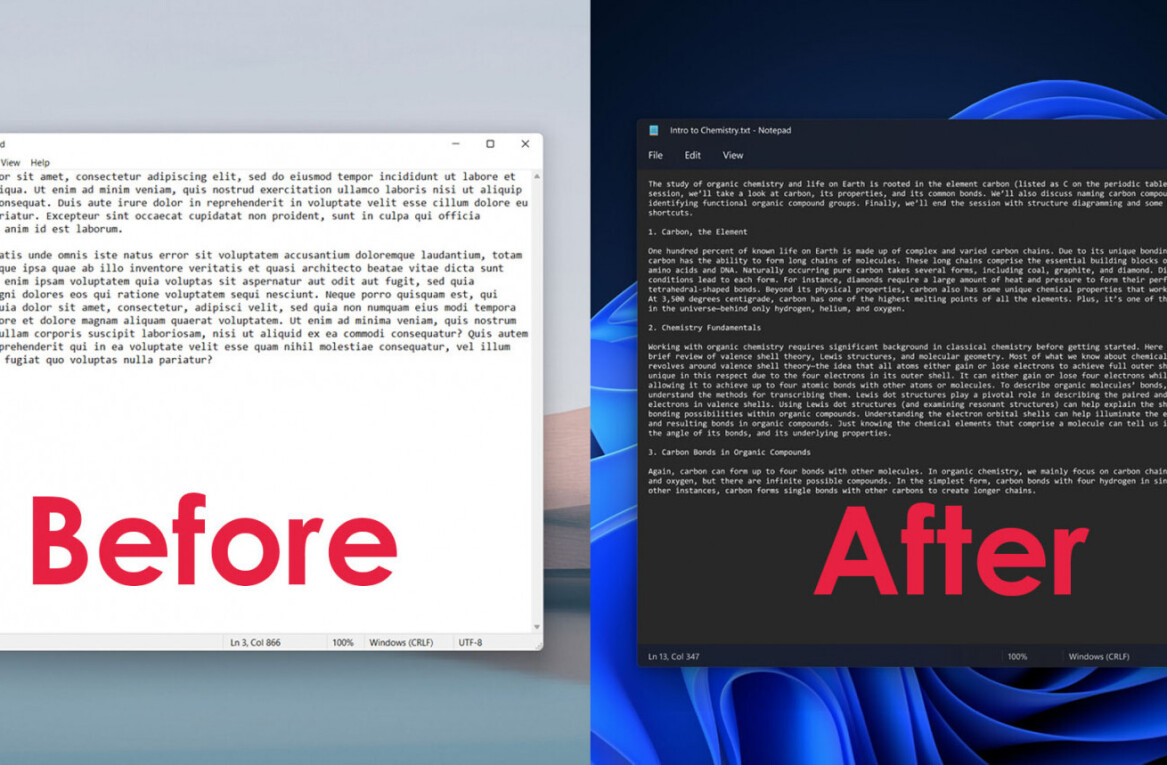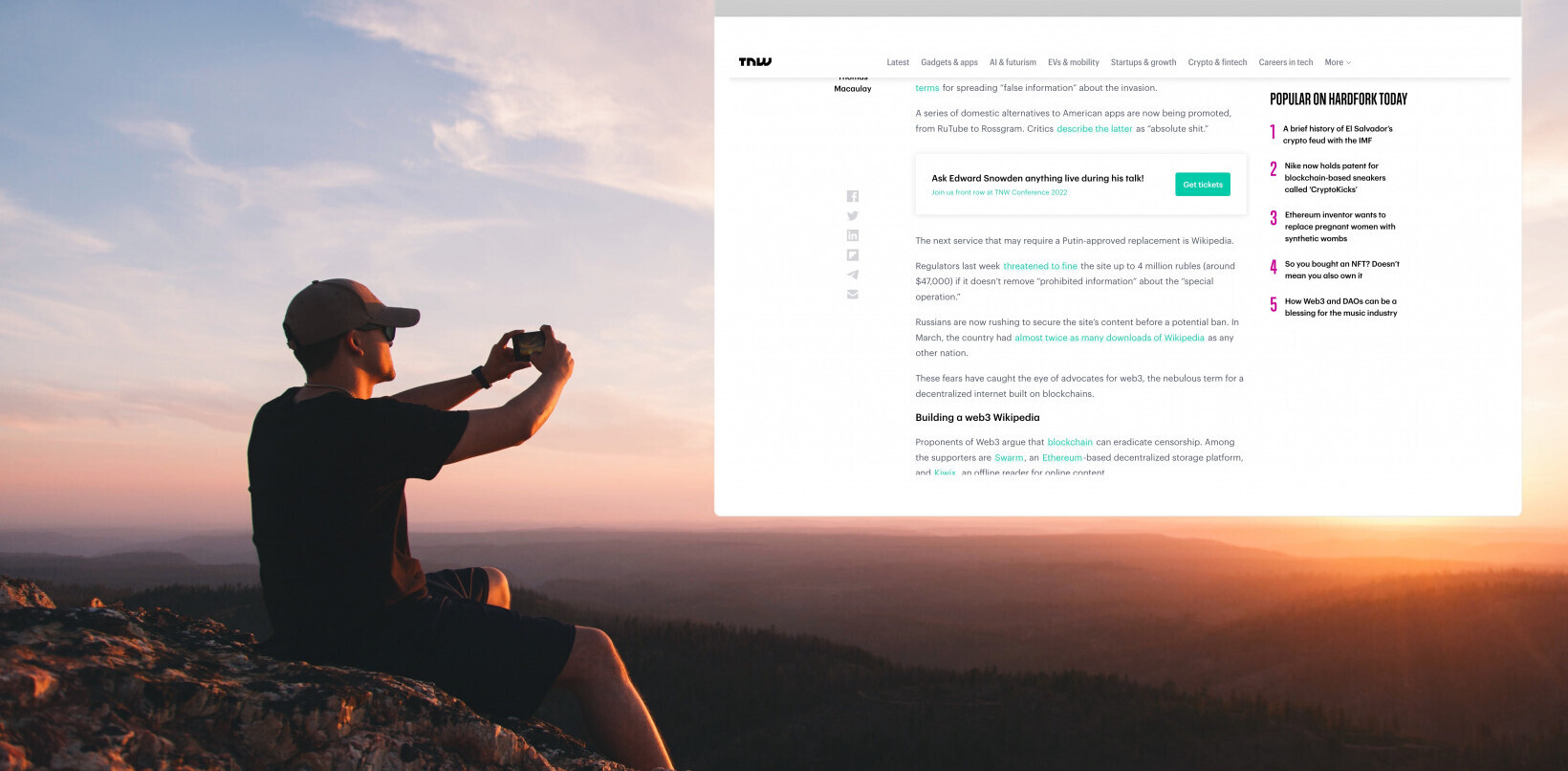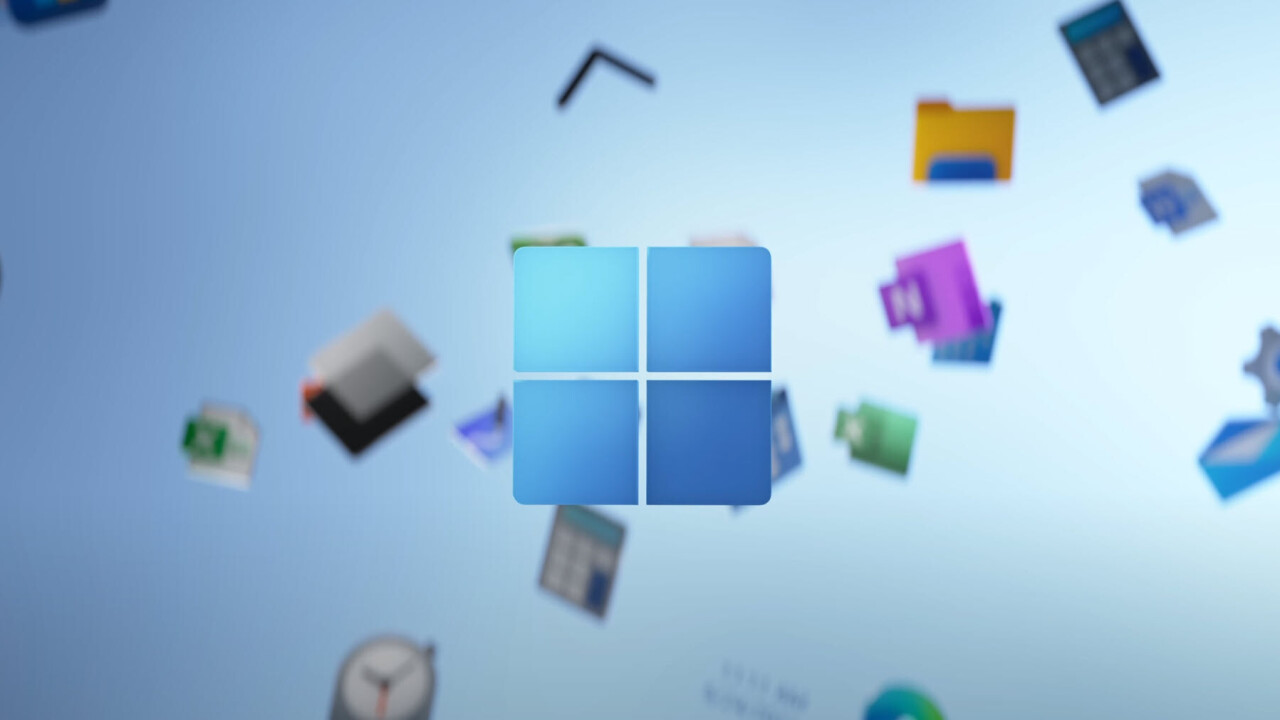
The announcement of Windows 11 was one of Microsoft’s biggest surprises in years. Not because it’s unusual for a company to update its OS, but because this specific company promised Windows 10 would be the “last version of Windows.”
The idea was to deliver ‘Windows as a service,’ after all. Instead of major, paid OS updates every few years, we got a variety of free, bite-sized updates every few months. Windows 10 was supposed to be in a state of constant improvement. So even after Microsoft announced it would reveal ‘the next generation of Windows,’ I didn’t expect the company to actually call it Windows “11.”
But I should have known Windows 10 was on its way out. Even though Windows 11 isn’t the most revolutionary update, it was destined to happen. And that’s a good thing: updating Windows 10 ad infinitum was getting so boring.
Frequent feature updates to Windows 10 initially sounded like a good thing, but in retrospect, I found it to be one of the most annoying things about the OS. After a few feature updates, early in Windows 10’s life, Microsoft committed to releasing a major feature update every 6 months. These eventually arrived with fun, creative names like the ‘Windows 10 May 2021 Update.’
It was confusing for your average consumer, and positively soporific for enthusiasts.
Windows 10 was constantly evolving, but in doing so it sometimes left everyday consumers behind. Microsoft would announce significant feature updates with little fanfare outside of enthusiast circles, and by the time they’d rolled out to most users, the next build would be around the corner.
In my experience, many Windows 10 users were not even aware of when the OS had just installed a big feature update. On one hand, this meant people could get frustrated when they encountered changes they didn’t expect (not to mention the occasional screwups on Microsoft’s end). On the other, it meant many folks weren’t aware of the useful new features their PCs were getting twice a year.
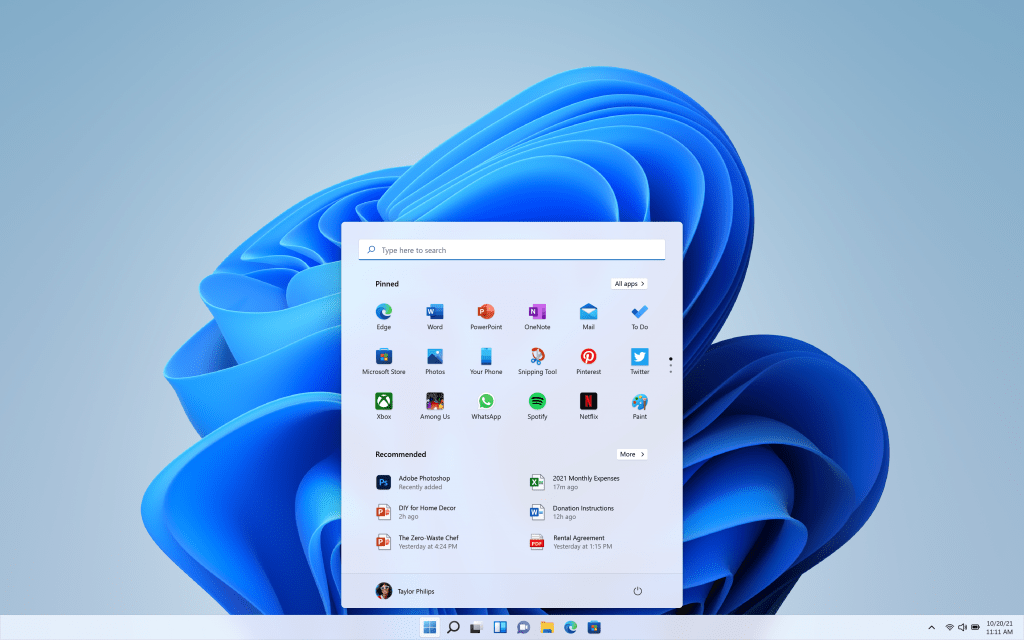
Even as a reporter, who tracks everything in the Windows space, Microsoft’s update strategy made things kind of dull after the first few big releases. Let’s just say ”Windows 10 December 2021 Update” doesn’t quite make for as good a headline as “Windows 11.”
Contrast Windows 10’s updates with those to macOS, Android, and iOS. Users know to expect a new version every year, clearly delineated by version numbers and a more robust set of interesting new features. Heck, people actually get excited about new versions, something I’m not sure has ever happened with Windows 10’s intermittent releases.
That’s what makes Windows 11 exciting. Sure, it isn’t the biggest update to Microsoft’s OS ever, seemingly focused on aesthetics more than under-the-hood changes. Some of you might even think that Windows 11 is little more than a name — that Microsoft could have just added these features to Windows 10.
But there’s power in a name. “11” sets expectations. It prepares users for the dramatic visual overhaul they’ll be getting early next year, a change Microsoft couldn’t really roll out as just a casual Windows update without confusing regular PC users (AKA most of them). It also helps build awareness so that users know to anticipate other major changes, including the fact that Windows 11 might not officially be supported on many PCs that can handle Windows 10 just fine.
Mostly though, moving forward with Windows 11 allows Microsoft to keep improving its OS without holding on to Windows 10’s baggage. I’ve been running the first official preview build for a few days now, and I can’t imagine how Microsoft could have possibly rolled out all of Windows 11’s changes as a seasonal update without confusing the heck out of users.
It’s not clear how Microsoft will approach updates for Windows 11 and beyond. Personally, I’d like to see the company move to annual updates more like macOS, or even a big update every two years. That would give Microsoft more time to fully bake new features and properly get the word out to consumers, while still being able to keep up with ever-changing technology.
Whichever direction Microsoft takes, I doubt it’ll maintain any pretense that it will update Windows 11 forever. Until Microsoft disappears or comes up with a new primary operating system altogether, there will never be a last version of Windows — and that’s for the best.
Get the TNW newsletter
Get the most important tech news in your inbox each week.

